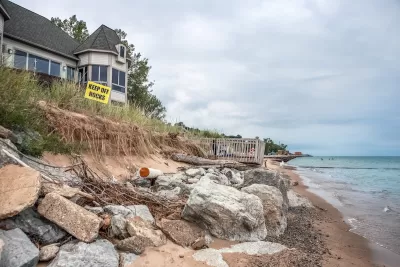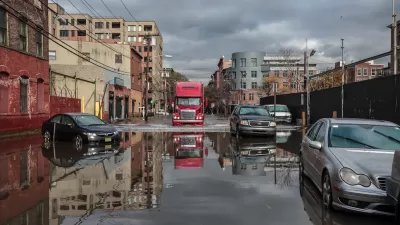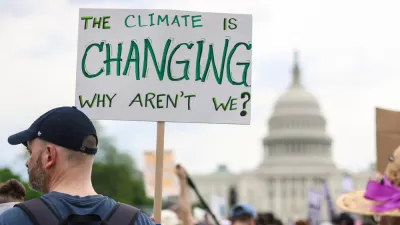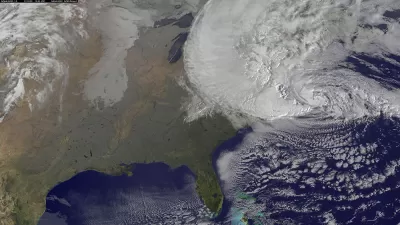Resilience, encompassing infrastructure, governance, economic strength, and social cohesion, is critical for cities to mitigate rising climate risks like flooding, wildfires, and heat, ensuring long-term recovery and adaptability.

As climate risks like hurricanes, wildfires, and sea-level rise become more frequent and severe, resilience — the ability of a community to recover and adapt — is emerging as a critical factor in determining where people choose to live. A house on high ground may avoid flooding, but without resilient infrastructure and governance, surrounding roads, utilities, and property values may still deteriorate. AlphaGeo, a climate modeling firm, highlights resilience through 28 factors such as infrastructure investment and social cohesion, creating a comprehensive view of how cities can withstand and rebound from climate-related adversity.
Cities like Norfolk, Virginia, and Placer County, California, exemplify resilience in action. Norfolk, plagued by rising seas and storm surges, has integrated sea-level rise into its urban planning, investing in flood walls, pump stations, and community-focused measures like home elevation. Meanwhile, wildfire-prone Placer County has implemented aggressive forest management and Firewise programs, demonstrating how proactive strategies can protect communities even in high-risk areas. Both regions showcase the importance of local leadership and innovative planning in tackling climate challenges.
Resilience is not solely about physical defenses; it also relies on economic strength, good governance, and social cohesion. Cities like Virginia Beach have made hard decisions, such as restricting development in vulnerable areas and raising taxes for climate mitigation. Additionally, strong community ties can significantly influence outcomes during crises, as seen in past disasters where neighborhoods with active social networks fared better. These examples underline the importance of both hard infrastructure and community-driven efforts in building climate resilience.
Ultimately, while no location is entirely safe from climate risks, a blend of robust infrastructure, smart public investments, and cohesive communities can mitigate impacts and sustain long-term prosperity. AlphaGeo’s data-driven insights provide a roadmap for homeowners and policymakers alike to navigate a volatile climate future, offering a clearer picture of how to align risk and resilience in choosing where to live and how to prepare for what is ahead.
FULL STORY: See if your city is poised to bounce back from the next climate disaster

Maui's Vacation Rental Debate Turns Ugly
Verbal attacks, misinformation campaigns and fistfights plague a high-stakes debate to convert thousands of vacation rentals into long-term housing.

Planetizen Federal Action Tracker
A weekly monitor of how Trump’s orders and actions are impacting planners and planning in America.

San Francisco Suspends Traffic Calming Amidst Record Deaths
Citing “a challenging fiscal landscape,” the city will cease the program on the heels of 42 traffic deaths, including 24 pedestrians.

Defunct Pittsburgh Power Plant to Become Residential Tower
A decommissioned steam heat plant will be redeveloped into almost 100 affordable housing units.

Trump Prompts Restructuring of Transportation Research Board in “Unprecedented Overreach”
The TRB has eliminated more than half of its committees including those focused on climate, equity, and cities.

Amtrak Rolls Out New Orleans to Alabama “Mardi Gras” Train
The new service will operate morning and evening departures between Mobile and New Orleans.
Urban Design for Planners 1: Software Tools
This six-course series explores essential urban design concepts using open source software and equips planners with the tools they need to participate fully in the urban design process.
Planning for Universal Design
Learn the tools for implementing Universal Design in planning regulations.
Heyer Gruel & Associates PA
JM Goldson LLC
Custer County Colorado
City of Camden Redevelopment Agency
City of Astoria
Transportation Research & Education Center (TREC) at Portland State University
Jefferson Parish Government
Camden Redevelopment Agency
City of Claremont





























